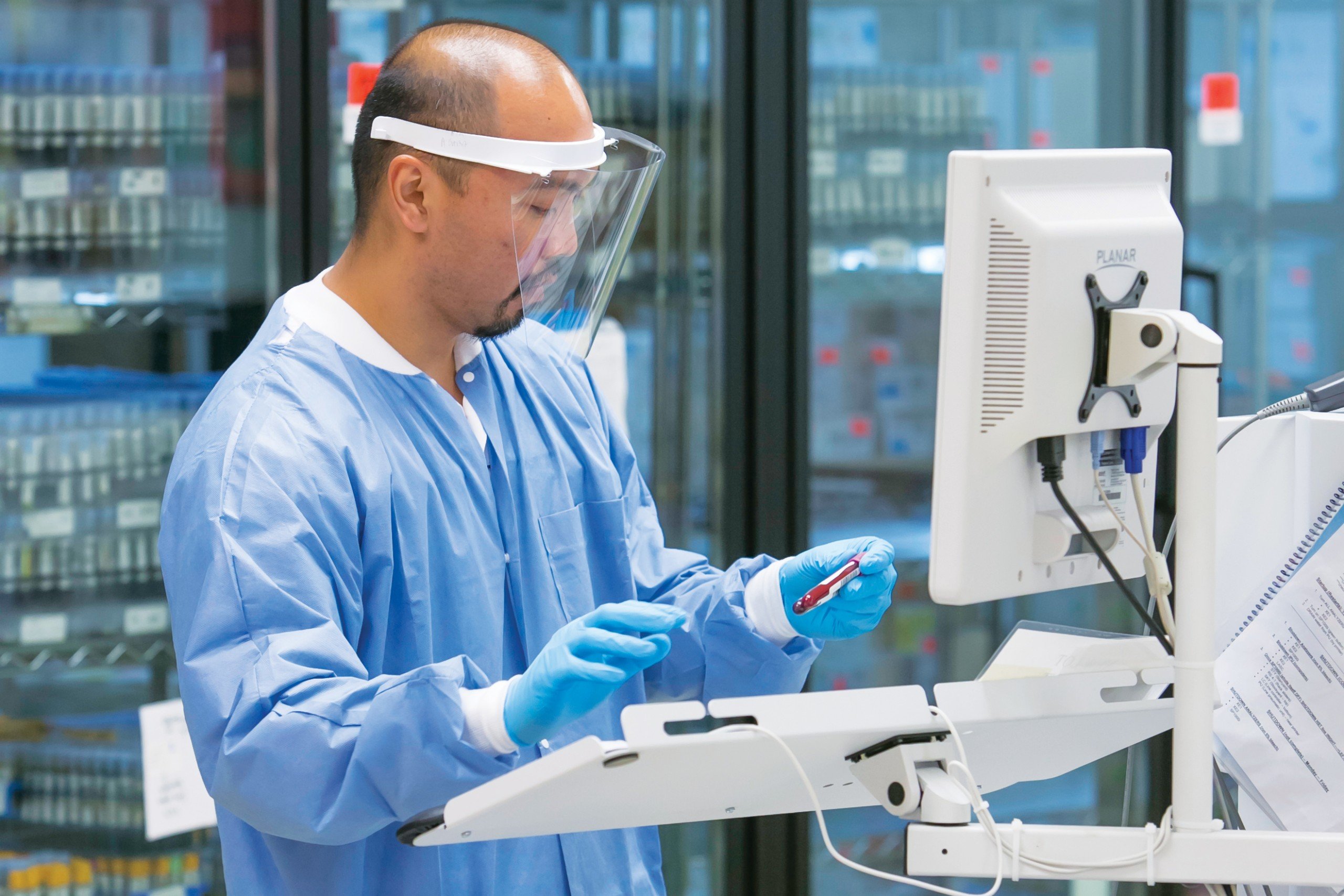
Quite simply, we are enabling within a single automated system, a vast array of testing that gives answers to life’s critical challenges across the healthcare continuum.Ī fully connected laboratory is the means to this end. The key now is to expand the core lab, consolidating and integrating further a wider range of platforms covering other diagnostic disciplines such as molecular diagnostics and point-of-care testing. We have already pioneered the integration of clinical chemistry and immunochemistry, creating the concept of the ‘Serum Work Area’. Our vision is to empower laboratories to manage the future by streamlining how they are designed and by simplifying their equipment and processes.
#LAB DIAGNOSTICS HOW TO#
With our latest advances in diagnostics technology, we are offering a radical new vision for how to approach the increasingly complex healthcare environment: a revolution in simplicity. Worldwide, our instruments are used to conduct more than 20 billion tests every year 3.Īs a global leader in diagnostics, we have recognised these unfolding challenges and are responding by developing innovative new systems designed to address the challenges of today and anticipate the needs of tomorrow. For nearly 50 years, we have provided hospitals and laboratories with the diagnostic tests and instruments they need to better understand disease and patient biology. With the rapidly evolving healthcare landscape, Roche’s commitment to diagnostic innovation has never been more vital. Future-proofing against emerging healthcare needs

Faced with intensifying financial strain and demand for diagnostics, laboratories are struggling to deliver the answers that are so central to modern medicine. Patient expectations are also on the rise – not only for faster testing and diagnosis at lower costs, but also for the personalised prevention and treatment solutions they need to live longer and healthier lives. These trends are having a major impact on healthcare services around the globe, many of which are already facing enormous pressure from increasing costs, budgetary restrictions and staff workloads. Rates of chronic illnesses and newly emergent diseases related to ageing – such as dementia – are on the rise. 1 Although this can be seen as a success story, an older population is also giving rise to new challenges. In almost every country of the world, the proportion of the population aged over 60 is growing faster than any other age group. See also the competency statement and the list of examination procedures.Anew era in lab testing is tackling today’s challenges and tomorrow’s needs in a rapidly shifting global health landscape. The vast majority of our examination procedures are carried out under the conditions of accreditation and ISO15189. For the scope of the accreditation, see M325 - Raad voor Accreditatie (rva.nl) The laboratory has thus demonstrated that the international quality requirements of ISO15189:2012 are met. Since February 2022, the Laboratory of Pediatric Oncology has been accredited by the Dutch Accreditation Council. The goal is not only to stimulate scientific research, but also to apply the research quickly in daily practice. In addition, the laboratory employees are directly involved in diverse research projects.

The laboratory facilitates scientific research, for example, by optimally processing patient material and storing it in the biobank. In addition to performing diagnostics, the laboratory is closely involved with the center's scientific research. These abnormalities help to diagnose the type of cancer, but increasingly they are also useful when predicting whether certain therapies (so-called 'target' therapies) have a chance of succeeding.įor many of the technologies identified above, employees collaborate closely with diagnostic departments within UMC Utrecht (LTI, Pathology and Genetics). These days, all manner of molecular technologies are used to identify abnormalities in the genetic material (DNA) of tumor cells. The staining provides a more detailed picture of the cells, which can help to further specify the diagnosis. Both technologies use antibodies that can stain specific proteins in cells. These testing methods facilitate the identification of abnormal (cancer) cells.įlow cytometry (for blood and bone marrow) and immunohistochemistry (for tissue) are additional tests. In cytological and histological testing, cells are colored and examined under the microscope either 'loosely' (cytology) or as part of a tissue sample (histology). Various types of tests are carried out, including: For leukemia patients, the tests mainly involve analyzing blood and bone marrow and, for patients with brain tumors and other solid tumors, analyzing tissue samples.


 0 kommentar(er)
0 kommentar(er)
